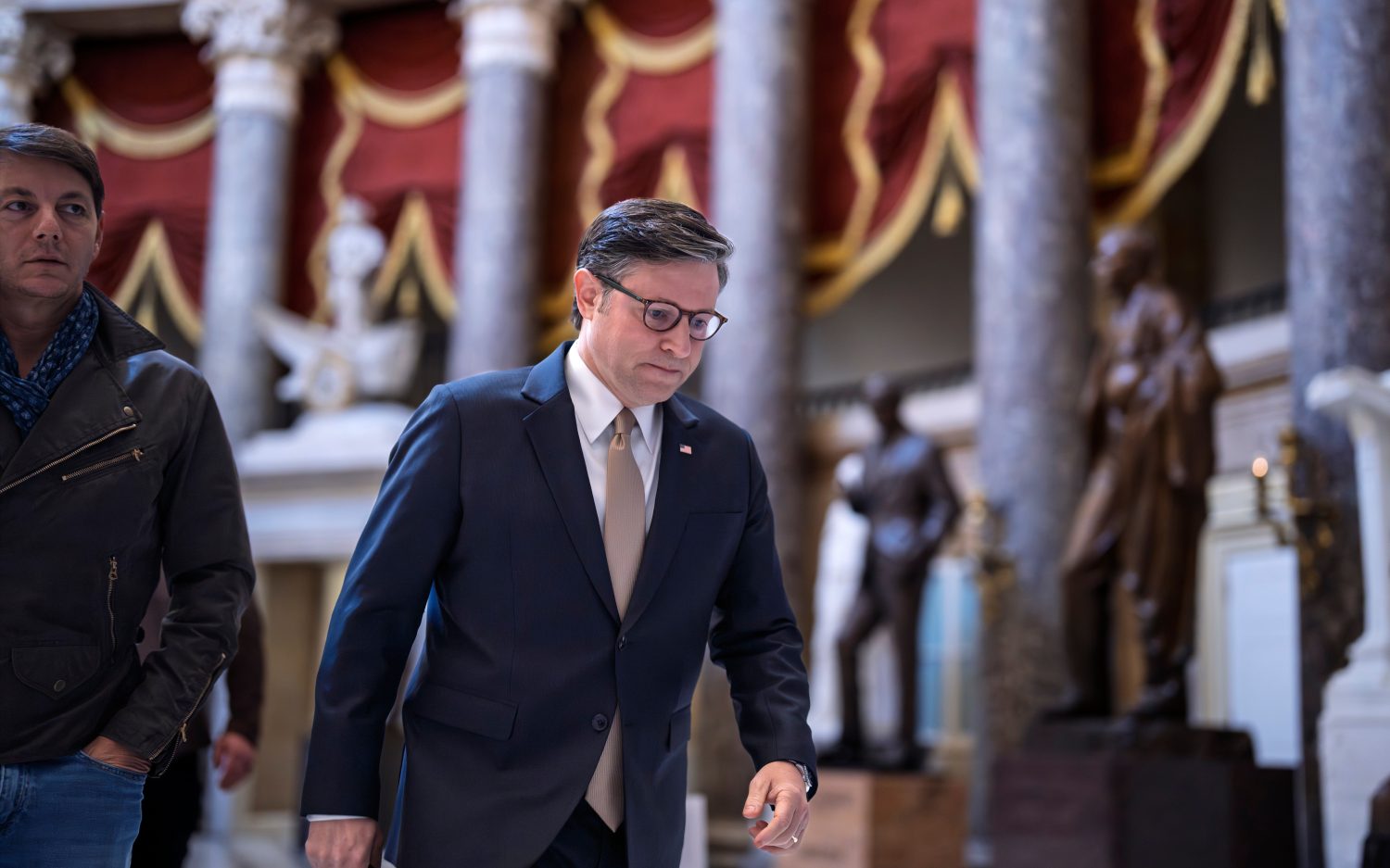Private college 'tuition discount' hits record high
As worries about college costs rise, schools are forced to increase financial aid or face declining enrollment
The gap between the sticker price for private college tuition and what students actually pay has hit a record high, according to a new study, suggesting that private colleges are losing the ability to raise prices at will after years of steady increases that vastly outpaced inflation.
The “unfunded tuition discount”—the percentage of income from tuition and fees that colleges award back to their students in grants and aid—hit a record 45 percent in 2012 for incoming freshmen, according to a survey of 383 members of the National Association of College and University Business Officers (NACUBO). About 35 percent of institutions maintained or decreased their tuition discount rate.
The average tuition discount rate was 37 percent in 2000.
Almost 9 of 10 freshmen received grants at an average of 53 percent, also a record. The overall discount rate for undergraduate students in 2012 was 40 percent.
The tuition discount rate is one measure of a school’s competitiveness. The overall rising discount rate suggests many private institutions are finding it harder and harder to convince students and parents to pay top dollar for a college education. The study also found enrollment fell in 2011at 46 percent of the colleges surveyed, including about 80 percent of small institutions.
This is the seventh consecutive annual increase in the average discount tuition rate, although the study noted colleges where demand is strong are maintaining enrollment and even reducing the discount.
Private, tuition-dependent colleges are far more vulnerable to even small drops in enrollment than publicly funded institutions. “The pool of prospective students is shrinking, and there’s high competition for high-end students,” said Carl Schreiber, executive vice president at Patrick Henry College in Purcellville, Va.
In addition, the recent economic downturn means more families qualify for need-based aid, and colleges face more pressure from families skeptical about the value of a college degree, sensitive to price, and concerned about “student indebtedness and inability to find a job after graduation,” according to the study.
An anonymous survey respondent wrote, “We are finding that our decision to increase tuition is less elastic than in previous years. … More and more families are ‘setting’ the amount of tuition that they are willing to pay, making it more difficult to increase net tuition revenue by increasing our sticker price.” Half of schools that lost students blamed “price sensitivity” for the decline.
NACUBO President John Walda told The Wall Street Journal that the financial squeeze from fewer students is forcing such colleges to find ways to boost revenue, control costs, and seek a way to stand out from the crowd. Some of those that can't eventually will shrink, merge, or fold.
The “high tuition/high aid” model that most private colleges embraced during the past two decades is intended to force wealthy students to pay more, subsidizing grants and aid to students with fewer financial resources. The idea is to preserve both revenue for the institution and access for low-income students.
But a 2009 Economic Opportunity Institute study of public colleges that went from a low tuition/low aid model to a high tuition/high aid model found that it reduced access for low-income students (who were often deterred by the high sticker price), decreased quality, and resulted in higher levels of student debt.
In the big picture, Schreiber said, America has too many colleges and too much demand for college degrees. Many students would be better served by vocational training or some other career path, but state and federal governments encourage and subsidize the demand for four-year degrees by pumping billions of dollars annually into higher education via grants and student loans. “As soon as the government gets involved,” Schreiber said, “it drives prices up.”
An actual newsletter worth subscribing to instead of just a collection of links. —Adam
Sign up to receive The Sift email newsletter each weekday morning for the latest headlines from WORLD’s breaking news team.





Please wait while we load the latest comments...
Comments
Please register, subscribe, or log in to comment on this article.